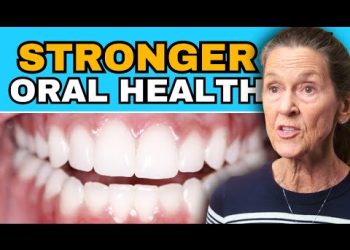Introduction to the Perfect Oral Health Care Routine
Oral hygiene is critical for maintaining a healthy and radiant smile. A proper dental routine not only prevents cavities and gum disease but also ensures that your breath remains fresh. In today’s article, we are going to explore an efficient three-step oral health routine tailor-made for everyone. Whether you are cavity-prone or have a healthy mouth, these steps can cater to your specific needs.
The Role of Mouthwash in Your Routine
Mouthwash often sparks debate in the oral hygiene community. Despite its widespread use, many dental professionals argue it’s not essential unless prescribed by a dental provider. For those who choose to use an antiseptic mouthwash, it is recommended to be the first step in your routine. Anti-cavity mouthwashes, however, should be the finale to maximize their benefits.
Brushing: The Cornerstone of Oral Care
Brushing your teeth is a fundamental step in any oral care routine. Whether you prefer an electric or manual toothbrush, the key is proper technique and consistency. Brushing twice daily for two minutes with a fluoride toothpaste can prevent tooth decay and strengthen tooth enamel. It’s vital to tailor this step to your preferences while ensuring effectiveness.
Flossing: Essential for Deep Cleaning
Flossing is crucial for cleaning between your teeth, where a toothbrush often cannot reach. Traditional string floss, floss picks, or interdental brushes can all serve this role, depending on your preference and dental needs. The focus should be on technique and regularity to prevent plaque buildup and promote gum health.
The Benefits of Tongue Scraping
Many are unaware of the impact a clean tongue has on overall oral health. A significant amount of bacteria resides on the tongue, contributing to bad breath and oral decay. Using a tongue scraper, or even a spoon, can effectively reduce bacteria, ensuring fresher breath and a healthier mouth.
Incorporating Water Flossing
For those with sensitive gums or periodontal concerns, water flossing can be a beneficial addition. While it may not replace manual flossing methods entirely, it serves as an excellent supplement to remove debris and enhance gum health. Whether used before or after flossing, the goal is to maintain comprehensive interdental cleaning.
Addressing Specific Concerns: Cavity-Prone and Sensitivity
If you are prone to cavities or experience tooth sensitivity, certain adaptations to your routine can be beneficial. Anti-cavity mouthwashes and sensitivity-specific products can provide extra protection and relief. Discuss these options with your dentist to create the most effective routine for your needs.
Averse to Fluoride? Consider Alternatives
For those hesitant about fluoride, there are effective alternatives. Nano-hydroxyapatite toothpaste provides similar benefits without fluoride. However, it’s crucial to ensure your chosen toothpaste still offers robust cavity protection to maintain oral health.
Finalizing Your Routine with an Anti-Cavity Mouthwash
The debate around leaving toothpaste on your teeth post-brushing hinges on personal comfort and cavity prevention. For some, swishing with an anti-cavity mouthwash offers a more pleasant alternative, providing fluoride benefits without the paste residue.
Conclusion: Your Personalized Oral Care Routine
The perfect oral care regimen centers on three core steps: brushing, flossing, and tongue scraping. Supplementary steps, such as mouthwash and water flossing, can be incorporated based on individual needs and preferences. Creating a routine that is both comprehensive and personalized is essential for maintaining oral health and achieving a truly healthy smile.











